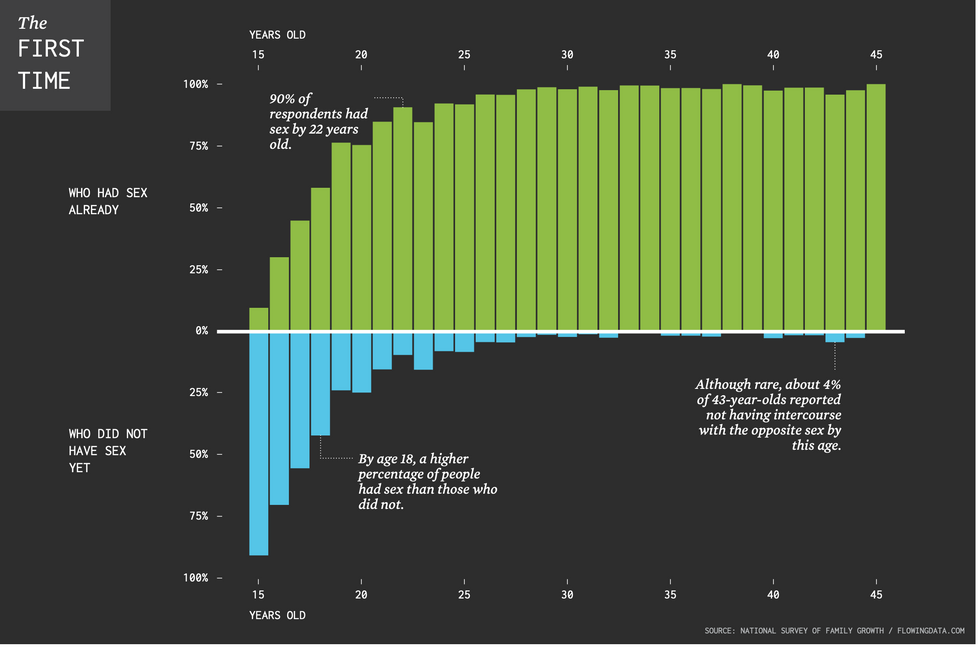For over 2000 years, Pythagoras' Theorem has been a cornerstone for architects, mountaineers, and homeowners, helping measure staircases, slopes, and more. It's widely recognized as one of the most vital theorems in mathematics. Despite numerous proofs over the centuries, a trigonometric proof was deemed impossible—until two African American high school girls made history.

The journey began with a mathematics contest at St. Mary’s Academy in New Orleans during the Christmas break in December 2022. Calcea Johnson and Ne’Kiya Jackson were motivated by the $500 prize announced by their teacher. They worked tirelessly to develop a trigonometric proof of the Pythagorean theorem, solving a 2000-year-old mathematical puzzle.
The original theorem appears on ancient Plimpton tablets from Babylon and Egypt, but most people recognize it from geometry class as "a² + b² = c²." It combines algebra and geometry, stating that “the sum of the squares of a right triangle’s two shorter sides equals the square of the hypotenuse.”
Numerous proofs for the theorem have been proposed over the years, but this is the first trigonometric proof. According to an abstract published by the American Mathematical Society, their proof relies on the “Law of Sines” and is independent of the Pythagorean trigonometric identity sin²x + cos²x = 1.
This brilliant proof by Johnson and Jackson contradicts mathematician and educator Elisha Loomis, who stated in his 1927 book “The Pythagorean Proposition” that no trigonometric proof of the Pythagorean theorem could be correct. Like Loomis, mathematicians, for years, believed that any trigonometric proof for this theorem would sidestep “circular logic” and would be a mere logical fallacy. But the New Orleans students have demonstrated that they were wrong on this.

When they began working on the contest, Johnson and Jackson knew the Pythagorean Theorem's equation A² + B² = C², but a trigonometric proof seemed impossible. After their discovery, they presented their findings at the American Mathematical Society’s semi-annual meeting in Georgia.
This meeting was attended by math researchers from many US universities such as Alabama, Georgia, Louisiana State, Ohio State, and Oklahoma, and the girls were the only two high schoolers in attendance. The society encouraged them to submit their work to a peer-reviewed journal. “This is just all very shocking to me,” Johnson told PEOPLE. “I didn’t expect our work to go anywhere. Then all these people started picking it up and wanted to interview me and wanted me to go here and there. I’m just like I didn’t expect any of it.”
Jackson and Johnson spent “3-4 hours a day” working on their calculations. “The garbage can was full of papers, which she would, you know, work out the problems and if that didn't work, she would ball it up, throw it in the trash,” Johnson's dad told CBS. Adding to it, Jackson’s mother said that most of the time, her daughter's work was beyond her understanding.
Johnson and Jackson said they think there are several reasons why people found their work so impressive. “Probably because we're African American, one,” Jackson said. “And we're also women. So I think-- oh, and our age. Of course, our ages probably played a big part.” The two girls have received appreciation from some of the prominent personalities, including former First Lady of America Michelle Obama, who wrote a post on X saying, “I just love this story. Way to go, Ne’Kiya and Calcea! I’m rooting for you and can’t wait to see what you all do next.”
They were also lauded by Governor Jeff Landry of Louisiana, who wrote on X, “Way to Geaux Calcea Johnson and Ne'Kiya Jackson! #LouisianaProud” Not only this, Mayor LaToya Cantrell of New Orleans presented the two girls with honoring certificates calling them “daughters of the city.”
At present, Jackson is studying in the pharmacy department at Xavier University in New Orleans, whereas Johnson is studying environmental engineering at Louisiana State University. “Our teacher said ‘This is really great. This is something that other mathematicians need to see’” shared Johnson.
This article originally appeared 4 months ago.


















 A symbol for organ donation.Image via
A symbol for organ donation.Image via  A line of people.Image via
A line of people.Image via  "You get a second chance."
"You get a second chance." 


 36 is the magic number.
36 is the magic number. According to one respondendant things "feel more in place".
According to one respondendant things "feel more in place". 
 Some plastic containers.Representational Image Source: Pexels I Photo by Nataliya Vaitkevich
Some plastic containers.Representational Image Source: Pexels I Photo by Nataliya Vaitkevich Man with a plastic container.Representative Image Source: Pexels | Kampus Production
Man with a plastic container.Representative Image Source: Pexels | Kampus Production
 Canva
Canva It's easy to let little things go undone. Canva
It's easy to let little things go undone. Canva
 Teens are waiting longer than at any point in the survey’s history. Canva
Teens are waiting longer than at any point in the survey’s history. Canva Chart on the age of a person’s first time having sex.National Survey of Family Growth/flowing data.com | Chart on the age of a person’s first time having sex.
Chart on the age of a person’s first time having sex.National Survey of Family Growth/flowing data.com | Chart on the age of a person’s first time having sex.
 Kids know the good adults from the bad.
Kids know the good adults from the bad.